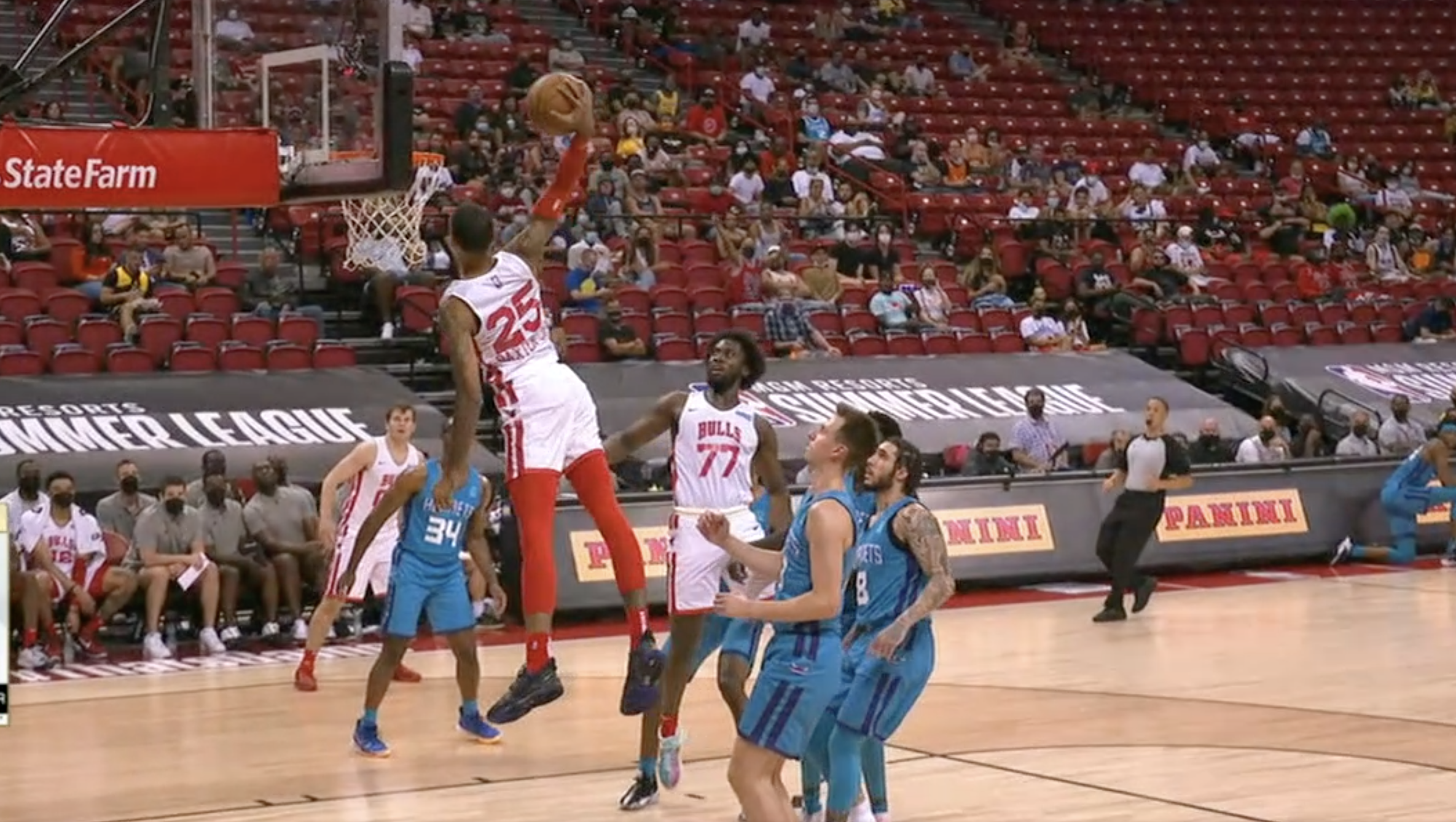NBA Taps Sony’s Hawk-Eye for Data-Tracking Beginning With 2023-24 Season
Second Spectrum remains official NBA League Pass augmentation provider, Team Basketball analytics provider
Story Highlights
The NBA is shaking up its player- and ball-tracking–data providers. As part of a multi-year deal beginning next season, the broadcaster will deploy Sony’s Hawk-Eye Innovations optical tracking technology; while Second Spectrum will continue supplying tracking data as an official NBA League Pass augmentation provider and an official NBA Team Basketball analytics provider.
Hawk-Eye’s optical tracking technology will, for the first time, enable NBA tracking data to capture the game in real time in three dimensions, including movement of each player and the ball, all at sub-second latency. The technology enhances officiating by increasing the accuracy of calls and the speed of gameplay. Future seasons promise automated calls on such plays as out-of-bounds and goaltending.
Sony Hawk-Eye Strikes a ‘Pose’ for NBA

The NBA tested Hawk-Eye at the Summer League in past years.
Sony Hawk-Eye’s state-of-the-art Pose data-capture product will offer the NBA and its teams new applications in basketball analytics, helping evolve how the league understands on-court data and giving fans a real look into the action on the court and deeper analysis of the game.
Pose technology uses 12 cameras installed at each arena to capture 29 points on each player’s body. The data generated will also provide collaboration opportunities between the NBA and Sony’s Sports Businesses around virtual game re-creations, dynamic visualizations, unique content development, and gamification.
“We view it as a real privilege to partner with the NBA, a truly iconic global brand and a leader in innovative sports content,” says Rufus Hack, CEO, Sony’s Sports Businesses. “We look forward to helping them unlock the power of data to continue to enhance officiating and basketball analytics, as well as to drive new immersive fan experiences.”
Says NBA EVP, Basketball Strategy and Analytics, Evan Wasch, “We are thrilled to partner with Sony’s Sports Businesses to leverage Hawk-Eye’s cutting-edge 3D optical-tracking data. This data will enhance our officiating, power significant insights for our teams, and create a dynamic data set that will improve our game and enable unique engagement opportunities for NBA fans.”
Since 2019, Hawk-Eye has worked closely with the NBA in a proof-of-concept capacity to fully develop and test basketball tracking systems. Through data collection at NBA Summer League and six NBA arenas, Hawk-Eye successfully demonstrated and developed a system that meets the accuracy and latency needed to provide best-in-class ball tracking and Pose technology to the NBA.
Sportradar, the league’s exclusive data provider, will also play a critical role in working alongside Hawk-Eye to generate accurate, reliable, low-latency tracking data and apply best-in-class expertise to automatically generate events, metrics, advanced stats, and new, engaging insights.
Second Spectrum Stays in the Mix
In addition to providing optical-tracking data for NBA League Pass augmentation and NBA Team Basketball analytics, Second Spectrum (a Genius Sports company) will work with the league to research and develop Dragon, a next-generation technology platform that tracks “mesh” data, which aims to synthesize millions of on-court basketball data points.
The NBA will use Second Spectrum augmentation technology to create automated, enhanced graphics based on optical on-court basketball data for alternative telecasts available on NBA League Pass. The alternative telecasts will integrate advanced team and player statistical insights directly into the stream, enriching the experience and providing optional viewing for analytics-focused fans.
Additionally, all official NBA tracking data will continue to be integrated into Genius’s basketball insights and analytics engine. Genius will also continue to provide its services to all 30 NBA teams that rely on Second Spectrum’s machine learning for key basketball insights and decision-making.
